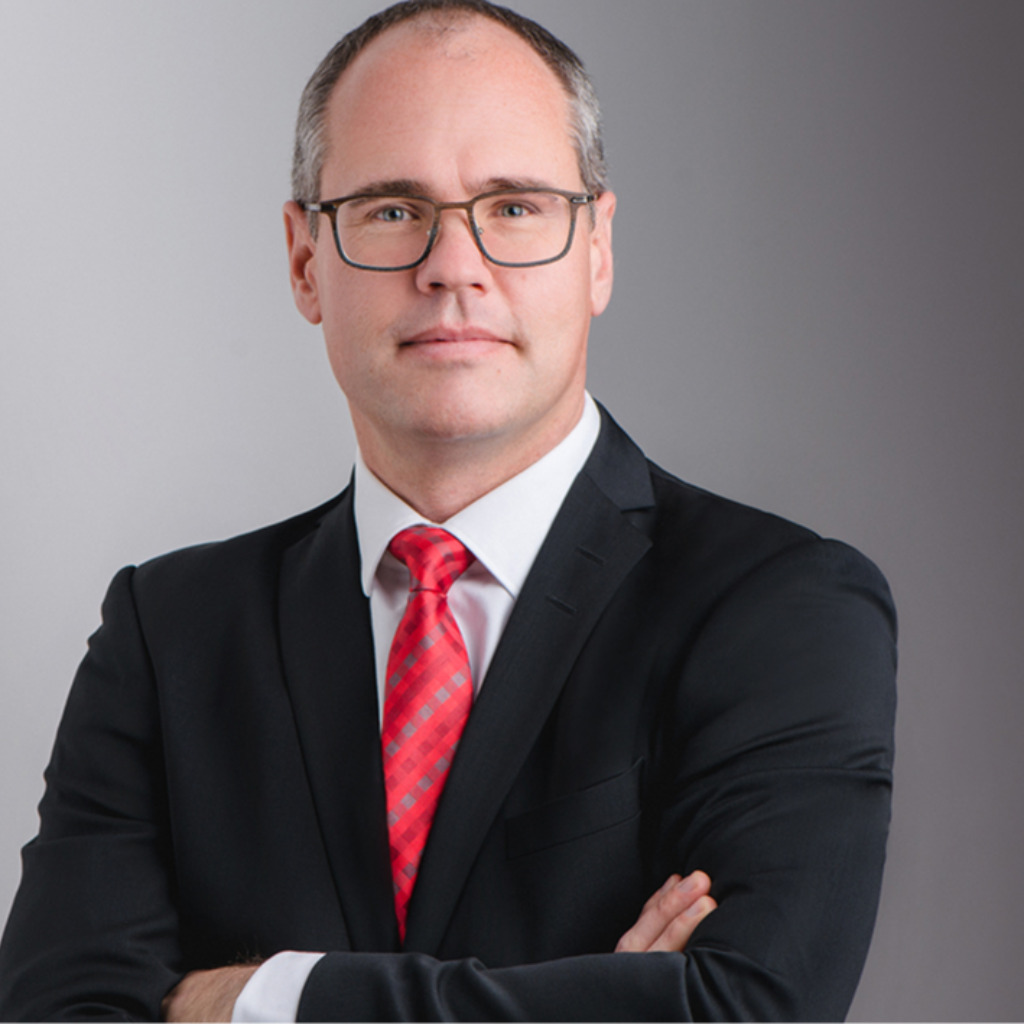
Mincione was a close business associate of Torzi and owed him almost 30 million euros in loans stemming from a failed business venture several months earlier, as reported by the Financial Times. It also decided to buy out the remainder of the London building as the mortgage payments had become too onerous.īut rather than stem the losses on these investments, the problems multiplied after the Secretariat of State hired Italian financier and broker Gianluigi Torzi to exit the fund and buy the remaining shares of the property. In November 2018, the Holy See decided to exit Mincione’s fund because the Vatican was losing money on some of the fund’s investments (according to Vatican prosecutors, 18 million euros had already been lost from the Vatican’s original investment). The financing came from loans by Swiss banks and off-balance sheet funds belonging to the Secretariat of State’s asset portfolio, funded in large part by Peter’s Pence donations from the faithful. About half of that money was invested in a prestigious London building and the rest in other investments run by the fund.

The scandal’s origins date back to 2014 when the Vatican’s Secretariat of State invested an initial 200 million euros in a fund operated by Mincione. However, his chances of being tried increased last month when his efforts to have a London court rule that he had “acted in good faith” failed. Raffaele Mincione, a London-based investment manager who is a central figure in the London deal, is also having his charges that include fraud and embezzlement revisited. They comprise the former deputy secretary of state ( sostituto) Cardinal Giovanni Angelo Becciu, who is charged with abuse of office and subornation the ex-president and director of the Vatican’s finance authority, René Brülhart and Tommaso Di Ruzza, charged respectively with abuse of office and with embezzlement and violating confidentiality the Vatican’s investment manager Enrico Crasso, charged with fraud Italian financier Gianluigi Torzi, charged with extortion, embezzlement, fraud, appropriation, money laundering and self-laundering and Cecilia Marogna, a manager charged with extortion. These gaps also allowed for four of the original 10 defendants to have their charges at least temporarily dropped, while re-investigations into their alleged culpability are undertaken, leaving just six defendants currently on trial. 14, has yet to get off the ground after procedural disputes over missing transcripts related to the prosecution’s investigations. The trial, which began in July and will resume on Dec. Alberto Perlasca, the Vatican official who initially signed the 2018 agreements, is generating further questions whether more senior Vatican leaders - possibly including even Pope Francis - were actually the parties who greenlit the damaging financial agreement.

Key swiss manager trial#
VATICAN CITY - A key element in the ongoing Vatican trial over a London property deal that led to massive financial losses for the Holy See is how Vatican officials came to sign off on agreements in 2018 that caused the Vatican the most damage.Ī 487-page indictment published ahead of the trial gives some clue, but a recent decision by the president of the tribunal to formally exonerate Msgr.


 0 kommentar(er)
0 kommentar(er)
